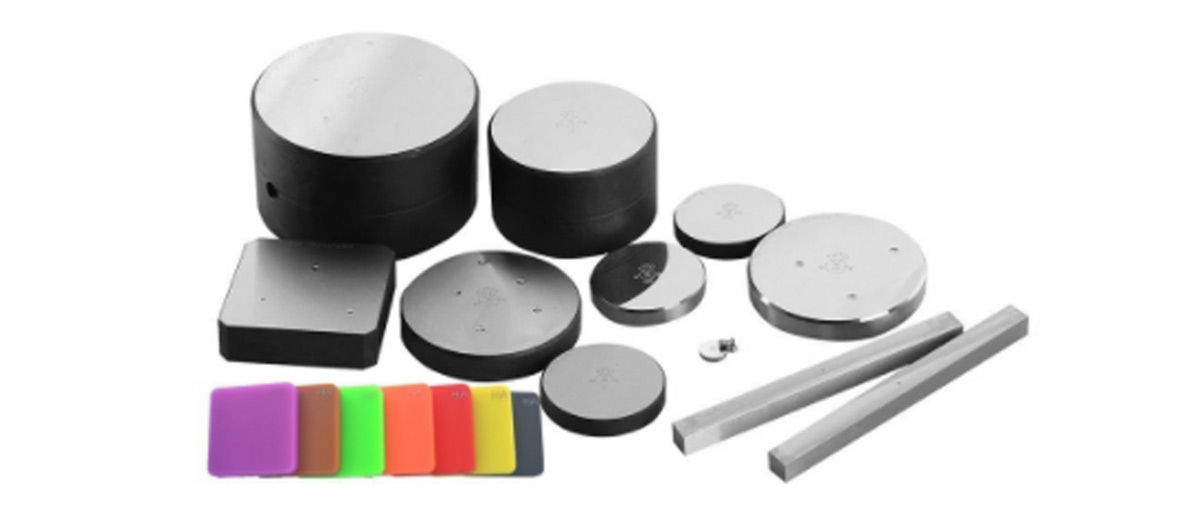The Difference Between The Brinell Hardness Methods HB, HBS and HBW
★The Difference Between The Brinell Hardness Methods HB, HBS and HBW
"Hardness HB" indicates the ability of a material to resist hard objects pressed into its surface. It is one of the important performance indicators of metal materials. Generally the higher the hardness, the better the wear resistance. A hardened steel ball or carbide ball of a certain size (usually 10mm diameter) is pressed into the surface of the material with a certain load (usually 3000kg) and kept for a period of time. Then remove the load, the ratio of the load to the indentation area is the Brinell hardness value (HB).
The unit is kgf/mm² (N/mm²)

★HB, HBS and HBW are all Brinell hardness symbols. What’s the difference between them?
HB is a unit of Brinell hardness, but it doesn’t specify what material the indenter is made of.
HBS indicates that the indenter is a hardened steel ball and is used to measure materials with Brinell hardness value below 450, such as mild steel, gray cast iron and non-ferrous metals.
HBW indicates the indenter is cemented carbide and is used to measure materials with Brinell hardness value below 650.
★Tips★
The standard GB/T231.1-2009 <Metal Materials Brinell Hardness Test Part 1: Test Method> states that only carbide indenters are allowed to be used. The Brinell hardness symbol is HBW, which should not be confused with the previous HB and HBS.
★★★★★★
So now only carbide can be used as the indenter, only HBW can be used.
Did you get today’s knowledge?

